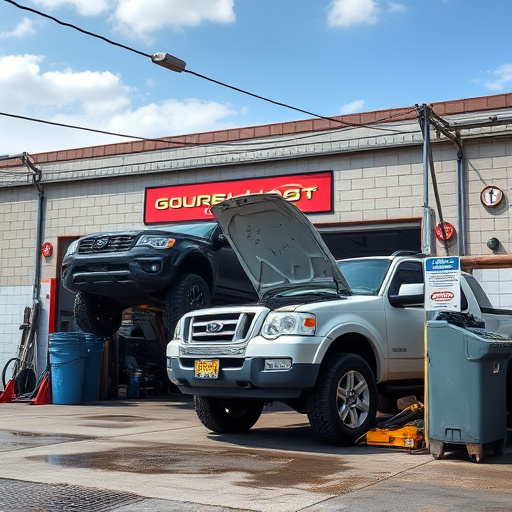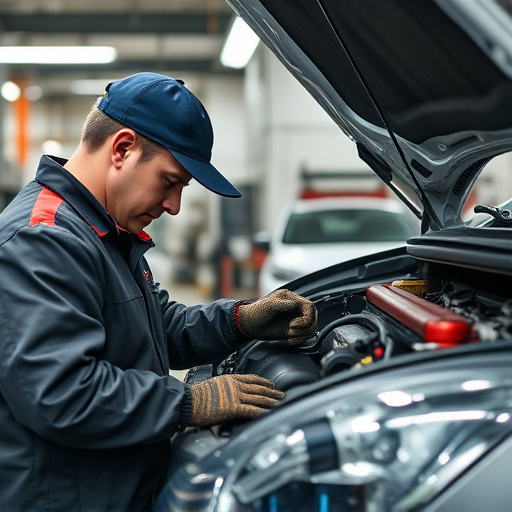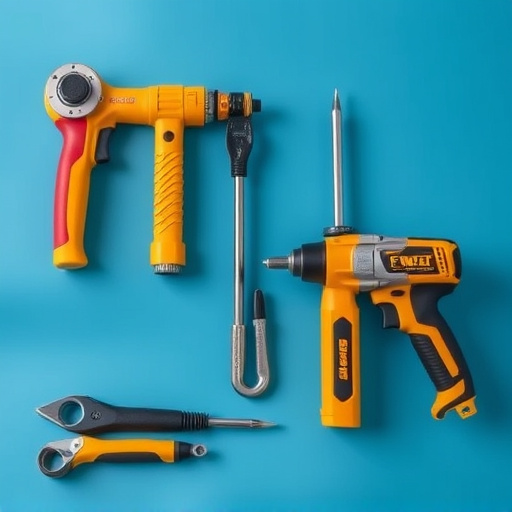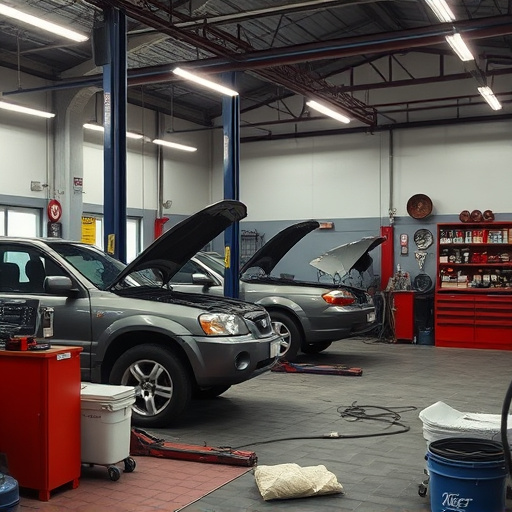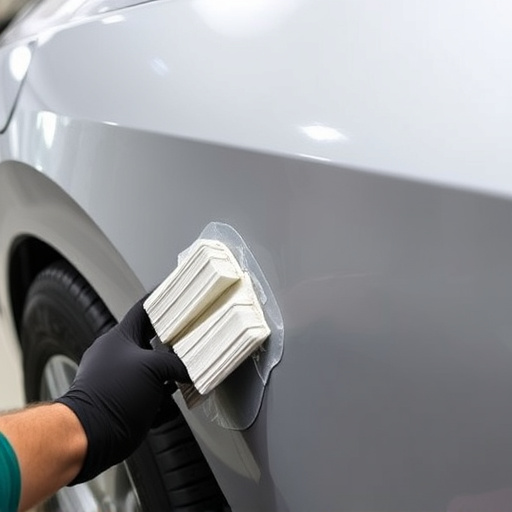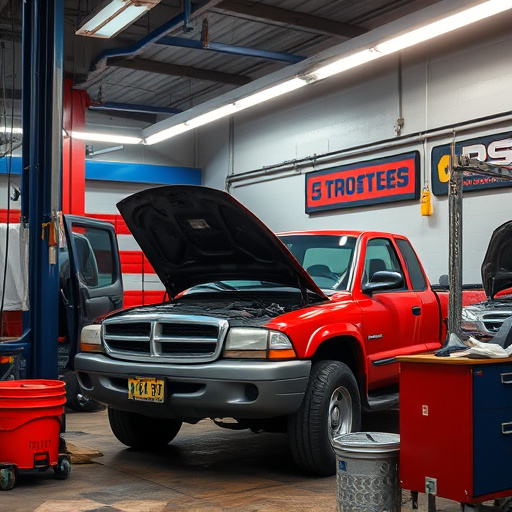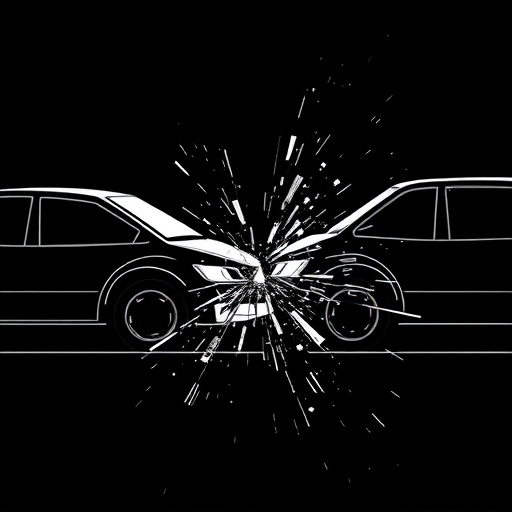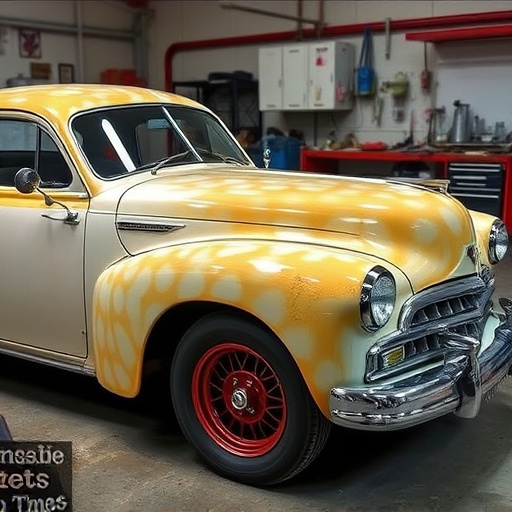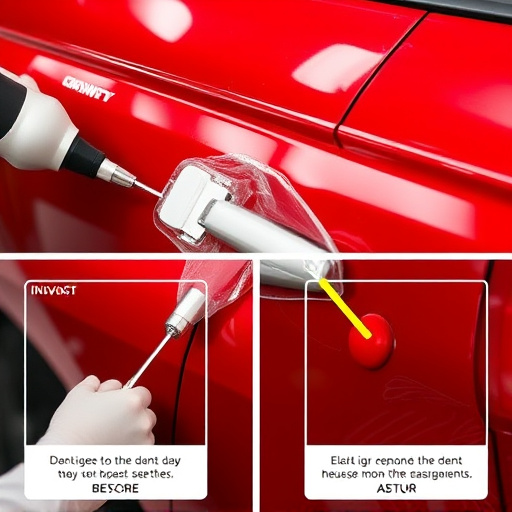Factory-spec restoration involves adhering to guidelines, using high-quality tools and materials, and a meticulous process for achieving original aesthetic and structural integrity. This ensures top-notch repairs, enhanced safety, and increased resale value through precise painting, surface preparation, and protective coatings.
Restoring your car to its original factory-spec condition can enhance its value and longevity. This comprehensive guide walks you through applying professional restoration techniques at home. We’ll cover understanding stringent factory-spec standards, gathering the essential tools and materials, and a detailed step-by-step process for achieving a flawless finish. By following these expert tips, you’ll master the art of factory-spec restoration, ensuring your vehicle stands out for all the right reasons.
- Understanding Factory-Spec Restoration Standards
- Tools and Materials for the Job
- Step-by-Step Guide to Restoring Your Car to Factory Specs
Understanding Factory-Spec Restoration Standards
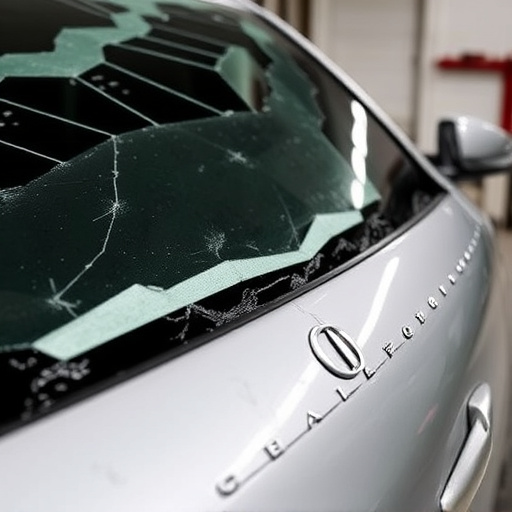
Factory-spec restoration standards are a set of guidelines that ensure vehicles return to their original condition after repairs. These standards are meticulously designed by manufacturers to maintain the vehicle’s aesthetic and structural integrity, which is vital for safety and resale value. When it comes to car paint repair, achieving factory-spec results requires a deep understanding of these standards.
For fleet repair services or any auto painting work, professionals must pay close attention to detail, matching not only the color but also the texture, finish, and overall quality of the original paint job. This involves using high-quality materials, advanced techniques, and precision tools to replicate the factory’s meticulous craftsmanship. By adhering to these standards, auto body shops can provide customers with top-notch repairs that are virtually indistinguishable from the car’s original condition.
Tools and Materials for the Job

Restoring your car to its factory-spec condition requires a well-equipped toolkit and high-quality materials. To achieve this level of detail and precision, invest in professional-grade tools designed for auto restoration. This could include items like specialized polishers with varying grits of sandpaper, cutting discs for removing paint or rust, and a range of brushes and applicators for applying products evenly. Don’t forget the importance of safety gear: protective goggles, gloves, and respirators are essential to safeguard against chemicals and debris.
When it comes to materials, opt for restoration products specifically formulated for achieving factory-spec finishes. This includes paint, primer, clear coats, and cutting compounds. Consider factors like color match, durability, and ease of application. Additionally, secure high-quality auto glass replacement if any cracks or chips are present, as this ensures a seamless finish and safe driving conditions. Reputable automotive repair services near you can guide you in selecting the right tools and materials for your specific restoration project.
Step-by-Step Guide to Restoring Your Car to Factory Specs
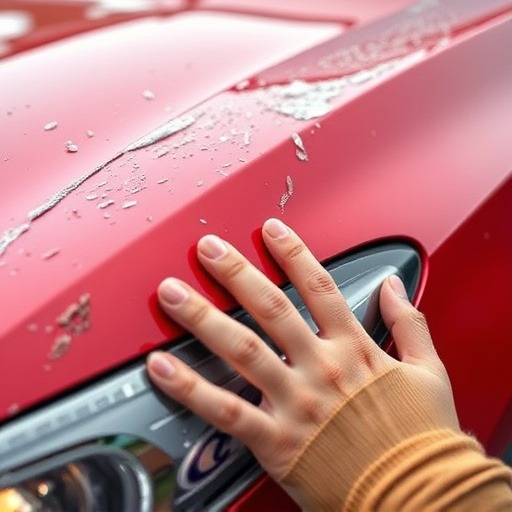
Restoring your car to its factory-spec condition involves a meticulous process that requires both skill and patience. Here’s a step-by-step guide designed to help you achieve that showroom shine:
1. Preparation: Begin by thoroughly washing and inspecting your vehicle to identify any existing damages, including scratches, dents, or paint imperfections. This stage is crucial as it determines the extent of the restoration work needed.
2. Research and Planning: Familiarize yourself with the car’s original factory specifications, especially regarding finishes, colors, and detailing. Understand the process involved in achieving those standards. You might need to gather information from the manufacturer’s guidelines or consult with automotive repair specialists who offer factory-spec restoration services. This research will ensure you use the right tools, materials, and techniques throughout the restoration process.
3. Surface Preparation: Address any mechanical issues first, ensuring your vehicle is in good running condition. Then, move on to the body work. Remove any rust or damaged paint with specialized tools, following safety protocols. Sanding and priming are critical steps that lay the foundation for flawless finishes. Consider using auto repair services that offer paintless dent repair techniques for minor dents and scratches.
4. Painting: If repainting is required, match the factory color precisely. This step demands precision and expertise to achieve a seamless finish. Follow the manufacturer’s guidelines regarding paint application, cure times, and environmental conditions.
5. Final Touches: Once the paint has cured completely, apply high-quality wax or sealant for protection. Inspect your car from all angles to ensure it meets the desired factory-spec standards. Fine-tune any remaining details to make it look brand new.
Restoring your car to its factory-spec glory can significantly enhance its value and aesthetic appeal. By understanding the standards, gathering the right tools and materials, and following a structured guide, you too can achieve a professional-level factory-spec restoration. Embrace the process, take your time, and enjoy seeing your vehicle transformed into a shining testament of precision craftsmanship.

